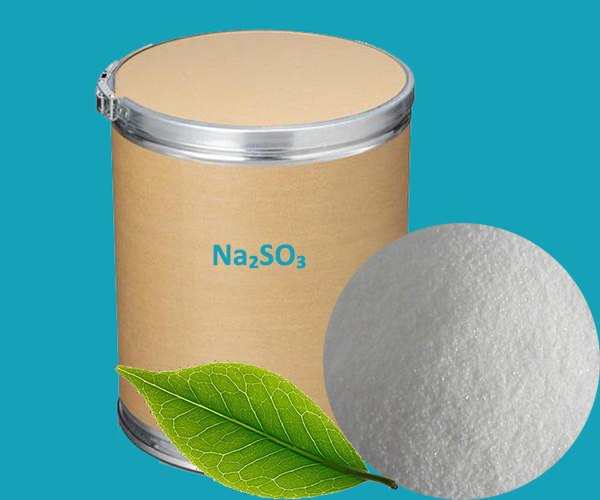Sodium sulfite (Na₂SO₃) is a white, water-soluble, crystalline solid with a sulphurous, salty taste. It decomposes when heated. It is generally available in powder, crystalline, and tablet forms.
Sodium sulfite is yet another dechlorinating agent widely used by utilities. Sodium sulphite is slightly alkaline in nature. Sodium sulfite is a reducing agent and is reported to scavenge more oxygen than sodium thiosulfate.
The food industry used sodium sulfite to assist in the preservation of the new appearance of food products. In many drugs, it is also an element that helps to preserve their potency and stability. Sodium sulfite has been approved by the FDA as a fresh low regulatory priority animal drug.
Properties
Chemical Formula : Na₂SO₃
Molar Mass/ Molecular Weight : 126.043 grams per mole
Density : 2.633 grams per cubic centimeter (Anhydrous)
Melting Point : 773K (500oC) (Anhydrous)
Boiling Point : Decomposes
Uses of Sodium Sulfite
Although its primary applications lie in the pulp and paper industry, Na2SO3 has numerous other applications. A few such applications are listed below.
This compound is often used to prevent the discolouration of dried fruits since it can act as a preservative.
It is also used in swimming pools to decrease the chlorine levels in the water.
In boiler systems, this compound acts as an oxygen scavenger to protect the system from pitting corrosion. Therefore, the water fed to boilers is often treated with sodium sulfite.
The textile industry makes extensive use of Na₂SO₃ for bleaching, dechlorinating and desulfurizing purposes.
Sodium sulfite is also used in the process of purifying trinitrotoluene (TNT) in order to make it fit for military use.
This compound is also an important component in the preparation of sodium thiosulfate.
 English
English Español
Español Português
Português Français
Français Deutsch
Deutsch Русский
Русский 中文
中文 日本語
日本語
